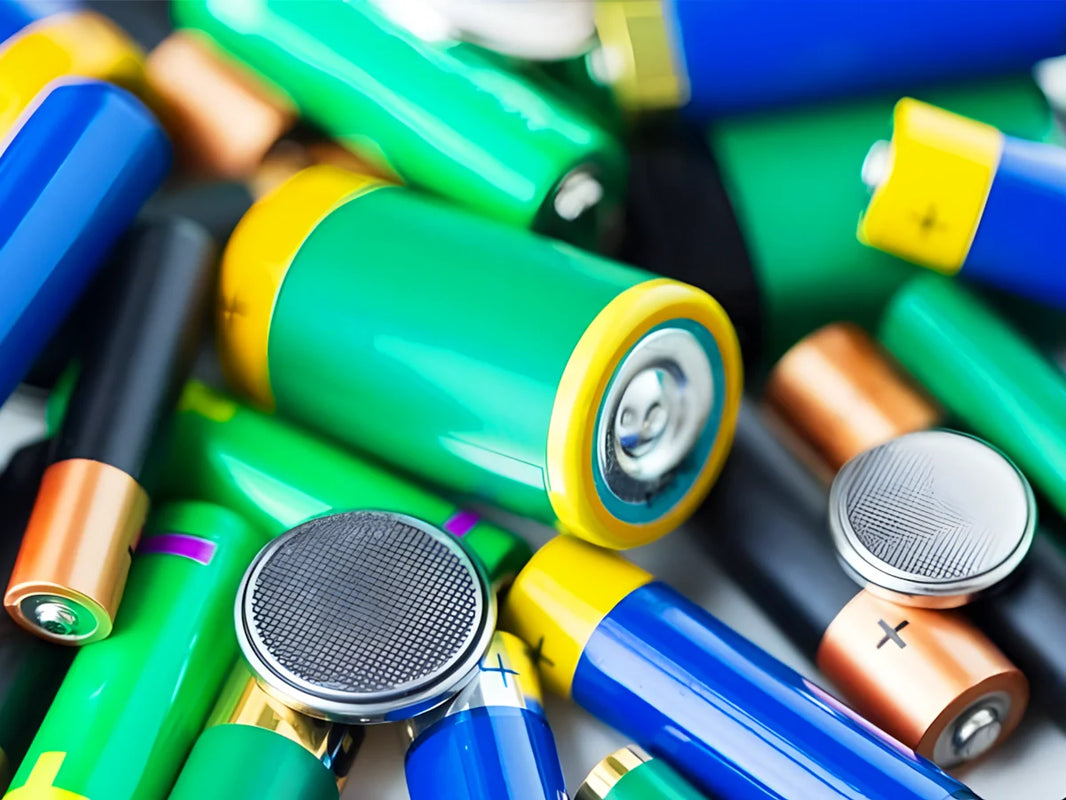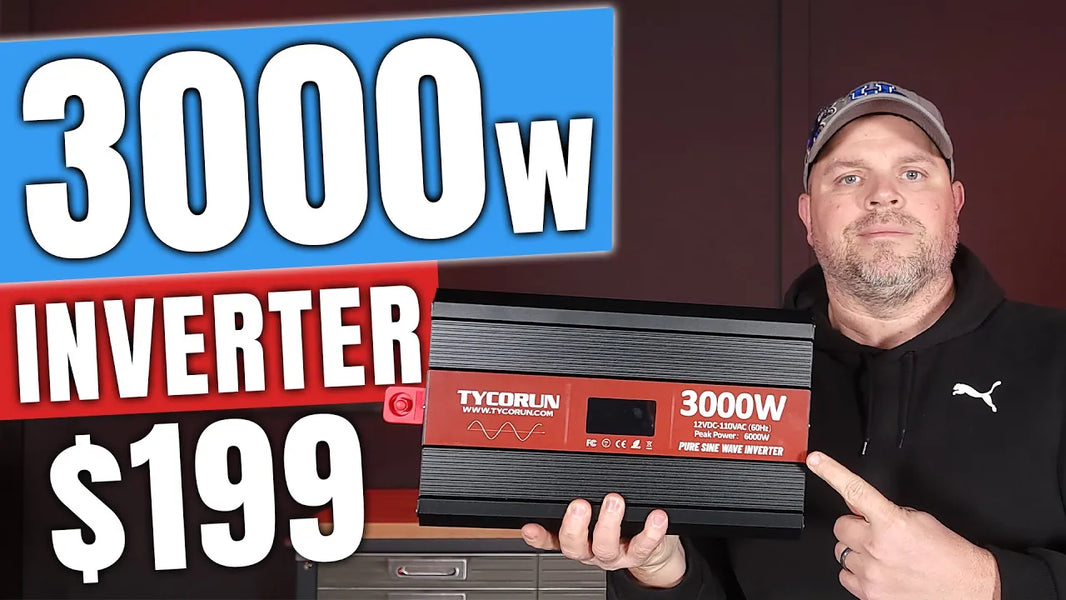The basic measures for water energy utilization are to concentrate water head, adjust runoff, install hydraulic machinery or hydroelectric power generation devices, and convert water energy into mechanical energy or electrical energy for production and living. The main content of the development and utilization of contemporary hydropower resources is the development and utilization of hydropower resources, so that people usually use hydropower resources, hydropower resources, and hydropower resources as synonyms. A wide range of content such as hydropower resources and seawater energy resources.
|
|
1. Hydrothermal energy resources

Hydrothermal energy resources are also known as natural hot springs. In ancient times, people have begun to directly use the water and heat energy resources of natural hot springs to build baths, bathe and heal diseases. Modern people also use hydrothermal energy resources for power generation and heating. For example, Iceland, the country's hydropower generation in 2003 was 7.08 billion kwh, of which the use of geothermal (ie, hydrothermal energy resources) to generate electricity reached 1.41 billion kwh, and 86% of the country's residents have used geothermal (hydrothermal energy resources) for heating. The Yangbajing Power Station with an installed capacity of 25,000 kilowatts has been built in Tibet, China, which also uses geothermal (hydrothermal energy resources) to generate electricity. According to experts' predictions, the low-temperature energy (using groundwater as the medium) that can be collected from the soil within nearly 100 meters of China can reach 1.5 trillion yuan per year. kilowatt. At present, the installed capacity of geothermal power generation in China is 35,300 kilowatts.
2. The kinetic energy resource of water

The original utilization of water energy resources is the utilization of hydraulic energy, that is, the utilization of water energy into mechanical energy. The world has a history of two or three thousand years. In ancient China, the hydraulic energy resources of turbulent rivers, falling waters and waterfalls have been widely used to build waterwheels, water mills and water buckets and other machinery for water-lifting irrigation, grain processing, and husking of spring rice. In the 1730s, hydraulic power stations that concentrated on the development and utilization of hydraulic resources appeared in Europe, providing power for large-scale industries such as flour mills, cotton spinning mills, and mining. In the 1940s, the water hammer pump and the water turbine pump were invented, and modern mechanical water energy was transformed into machinery, which can be used to lift water or drive working machinery. The modern water turbine directly drives the centrifugal pump to generate centrifugal force to lift water, and the water wheel pump station for irrigation, as well as the water hammer pump station that generates water hammer pressure with water flow, forms high water pressure and directly lifts water for irrigation, etc. Develop and utilize the energy resources of water.
3. Hydropower resources

In the 1880s, when electricity was discovered, generators were manufactured according to the electromagnetic theory, and a hydroelectric power station was built to convert the hydraulic energy of the hydropower station into electric energy, and to transmit the electric energy to the users, so that the development and utilization of hydroelectric energy resources entered a period of vigorous development. . At present, hydropower has greatly surpassed the direct utilization of water power and has become the main form of water energy utilization. Hydroelectric power, which is widely used in modern times, is an advanced stage of human utilization of water energy.
Build hydroelectric, tidal or wave power plants at appropriate locations along rivers or coasts to convert water energy into mechanical energy and mechanical energy into electrical energy. With the advancement of hydraulic construction and mechanical manufacturing technology, the scale of hydropower stations is getting bigger and bigger, and the economic benefits are getting better and better. Because hydropower is a cheap renewable energy, with flexible adjustment and quick start and stop, it has become an ideal power supply for peak regulation, frequency regulation, phase regulation and emergency backup of the power system. The hydropower station has a long service life, few operating personnel, and saves the cost of routine maintenance and major repairs, and has become an indispensable part of the power system. Hydropower has been listed as one of the important power generation energies along with thermal power and nuclear power.
Below we mainly introduce the development and utilization of hydropower resources.
Hydropower resources generally refer to the electric energy generated by using the potential energy and kinetic energy of the river flow to release work to drive the hydro-generator to rotate and generate electricity. Coal, oil, natural gas and nuclear power generation need to consume non-renewable fuel resources, while hydropower generation does not consume water resources, but uses the energy of river flow.

Hydropower has many advantages, its main characteristics are:
①It is that hydropower energy is repeatedly regenerated with the natural hydrological cycle, and can be continuously used by human beings over and over again. Compared with coal, oil, and natural gas, only water power is a renewable energy that can be used repeatedly. Once it is developed, it can continuously provide energy for human beings. And coal, oil, natural gas and other fossil energy, it takes a long time to form, use a little less. If hydropower resources are vigorously developed, more fossil energy can be saved and sufficient raw materials can be provided for industrial production. People often use "inexhaustible and inexhaustible" to vividly describe the renewable energy of hydropower.
② In the production and operation of hydropower energy, it is the cleanest energy source without consuming fuel and excreting harmful substances. Fossil energy sources such as coal and oil are used to generate electricity. During the combustion process, a large amount of harmful substances are emitted to pollute the atmosphere and the environment, such as carbon monoxide, carbon dioxide, sulfur dioxide, coal dust, heavy metal particles, etc., and a large amount of ash is also emitted. Slag, these substances not only pollute the environment, but also endanger human health, which has become a serious social problem. The use of hydroelectric power will not discharge any substances that are harmful to the environment and human health. Therefore, the development of water energy plays an important role in improving the environment and beautifying the natural world. Water energy is an ideal energy source.
③ It is the cheapest energy source. Its management and operation cost, power generation cost, and environmental impact are much lower than thermal power generation. It is a low-cost green energy source. The investment of a hydropower station of the same scale is not much different from that of a thermal power station, but the investment recovery of a hydropower station is fast. The income from every three or four years of operation can be used to build another hydropower station of the same size. The hydropower energy has good regulation performance and fast start-up. It plays a role in peak regulation in the operation of the power grid, which is fast and effective. It can reduce the power supply loss of the power grid and ensure the safety of power supply in the event of an emergency or accident.
④ It is to obtain comprehensive benefits from the development and utilization of hydraulic resources. Building a dam can not only generate electricity, but also develop water conservancy, and also meet the needs of flood control, irrigation, shipping, aquaculture, industrial water supply, and domestic water. Hydropower energy and mineral energy are both resource-based primary energy sources, which are called secondary energy after being converted into electrical energy. Dual functions; no need for primary energy mining, transportation and storage costs, which greatly reduces fuel costs; hydropower development and construction of reservoirs will change the ecological environment in local areas, it can restore the microclimate in the area and form a new water ecological environment , is conducive to biological survival, and is conducive to human needs such as flood control, irrigation, tourism and the development of shipping.
Because the development of hydropower has many advantages mentioned above, it has become the general trend to vigorously develop hydropower resources. Some advanced industrial countries such as the United States, Japan, Britain, France, and Italy have paid great attention to the development of hydropower resources. In the 1990s, Brazil's hydropower accounted for 93.2% of the total installed capacity, and Norway, Switzerland, New Zealand, Canada and other countries accounted for more than 50% of hydropower. In some countries in the world in 1990, the ratio of hydropower generation to exploitable electricity generation was 74% in France, 72% in Switzerland, 66% in Japan, 61% in Paraguay, 55% in the United States, 54% in Egypt, and 50% in Canada. %, Brazil was 17.3%, India was 11%, and China was 6.6% over the same period.
Vigorously developing hydropower is of great significance to China's economic construction. China's main energy source is coal, most of which are distributed in North and Northwest China. The industrially developed eastern coastal areas and southern areas are very scarce, and the distribution of oil is more in the north and less in the south. Vigorously develop the abundant hydraulic power in the southwest (accounting for 61.4% of the total hydraulic development) and the central and southern regions (accounting for 17.8% of the total hydraulic development). resources, which is extremely beneficial to improving the energy balance in the north and south regions of China and reducing the burden of railway transportation. China is a country blessed with hydropower resources, with a hydropower reserve of 680 million kilowatts, ranking first in the world, but so far, hydropower only accounts for 17% of the country's power generation, less than the world average (23%). It only accounts for 5% of the exploitable hydropower resources, which is far lower than many countries in the world. Vigorously developing hydropower has become an important policy of China's energy policy.
















